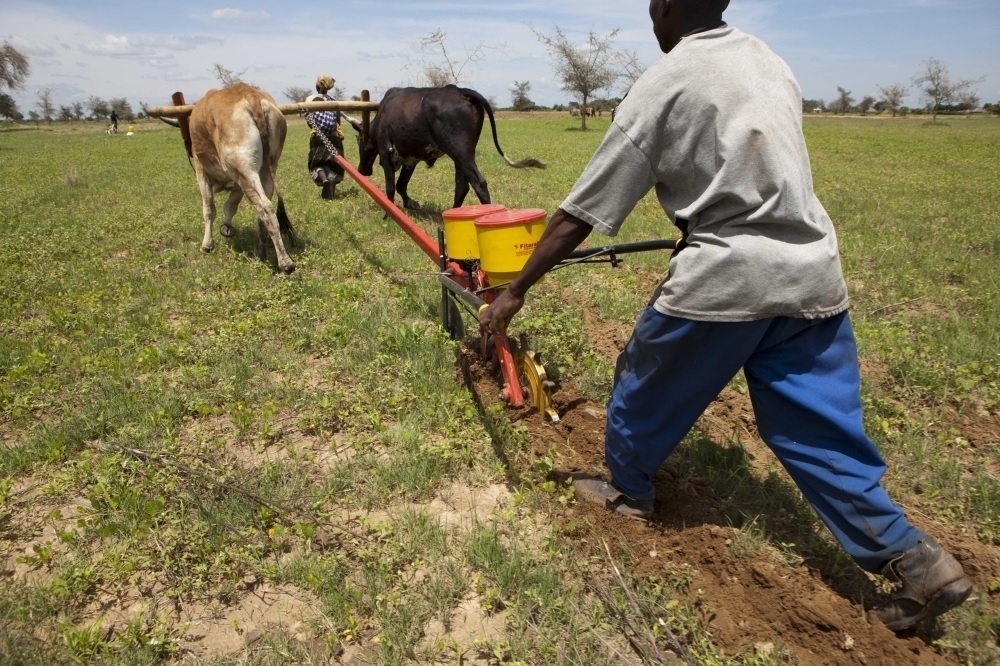
The best way to build a resilient farming business is through the constant acquisition of knowledge and skills that can be integrated into the business to ensure that productivity is maintained. According to Agribank’s technical advisor for crops and poultry, Hanks Saisai, farmers should make a point of it to check market trends to establish business ventures that can address market needs. This way, they will have a business that remains resilient even during trying times.Farmers in Namibia face numerous challenges, he said, including climate change, which is evident in the erratic rainfall, droughts and crop and livestock losses. Saisai said navigating the early days of 2024, farmers are encouraged to create resolutions that can transform their farming businesses into resilient enterprises. With livestock farming being the predominant business in Namibia, it is crucial to implement coping strategies that are resilient to climate change and other challenges, even at household level, he said.“At communal level, farmers can venture into cultivated pastures where they can each dedicate 2 500 square metres to growing perennial grasses such as wool and blue buffalo grass.”Saisai said this can serve as a reserve base for a farmer’s most valuable group of livestock. As bush encroachment expands on communal grazing areas in Namibia, exploring the concept of bush thinning for fodder production can be beneficial for livestock groups such as goats that are browsers. This will allow grazing areas to naturally recover grazing values, he added.Enterprise diversificationSecondly, farmers must realise the importance of farm enterprise diversification, the technical advisor said.According to him, diversification offers a farmer multiple streams of income that can be used to sustain the main business enterprise. “This offers a way to generate additional income and reduce the risk of relying solely on one source of income.”Saisai said another way for one to build a sustainable and resilient farming business is to always put some money aside for rainy days. “During prosperous years, farmers often fail to plan their finances and end up spending their profits on non-business-related expenses, instead of reinvesting them into their farms.”Here, he used a livestock enterprise on a commercial farm as an example: If it produces about 90 to 140 weaner calves in a year, it is essential to keep 60% of that revenue saved up for years when the enterprise will be at its lowest.Production efficiency“As a crop farmer, during years with a good harvest, it is possible to save some of the profits from selling maize grains and reinvest them into the business,” Saisai said.One way of doing this is by purchasing machinery that can improve production efficiency.He noted that, ideally, at the beginning of each year, farmers should review their production and financial records. This review process will help them plan for the income generated in the previous year and determine how to allocate their funds towards key production objectives, he said.“By doing so, farmers can ensure that their business thrives – regardless of any unforeseen circumstances.”
[Source – Republikein]
